Clause 8.2 Requirements for Products and Services in ISO 9001:2015
Introduction
ISO 9001 Clause 8.2, Requirements for Products and Services, is crucial for achieving consistent customer satisfaction. This clause directs organizations to systematically determine, review, and communicate customer requirements, including statutory and regulatory needs, before committing to deliver products or services. Clear documentation and timely communication with customers help prevent misunderstandings and ensure expectations are met every time. Implementing Clause 8.2 supports building trust, reducing errors, and maintaining compliance with quality standards. Businesses aiming to enhance their quality management can benefit greatly from this approach.
For hassle-free ISO 9001 certification and expert guidance, trust Maxicert, the leading ISO Certification provider. Maxicert’s proven consulting ensures your processes align with international standards, driving sustainable growth and customer confidence.
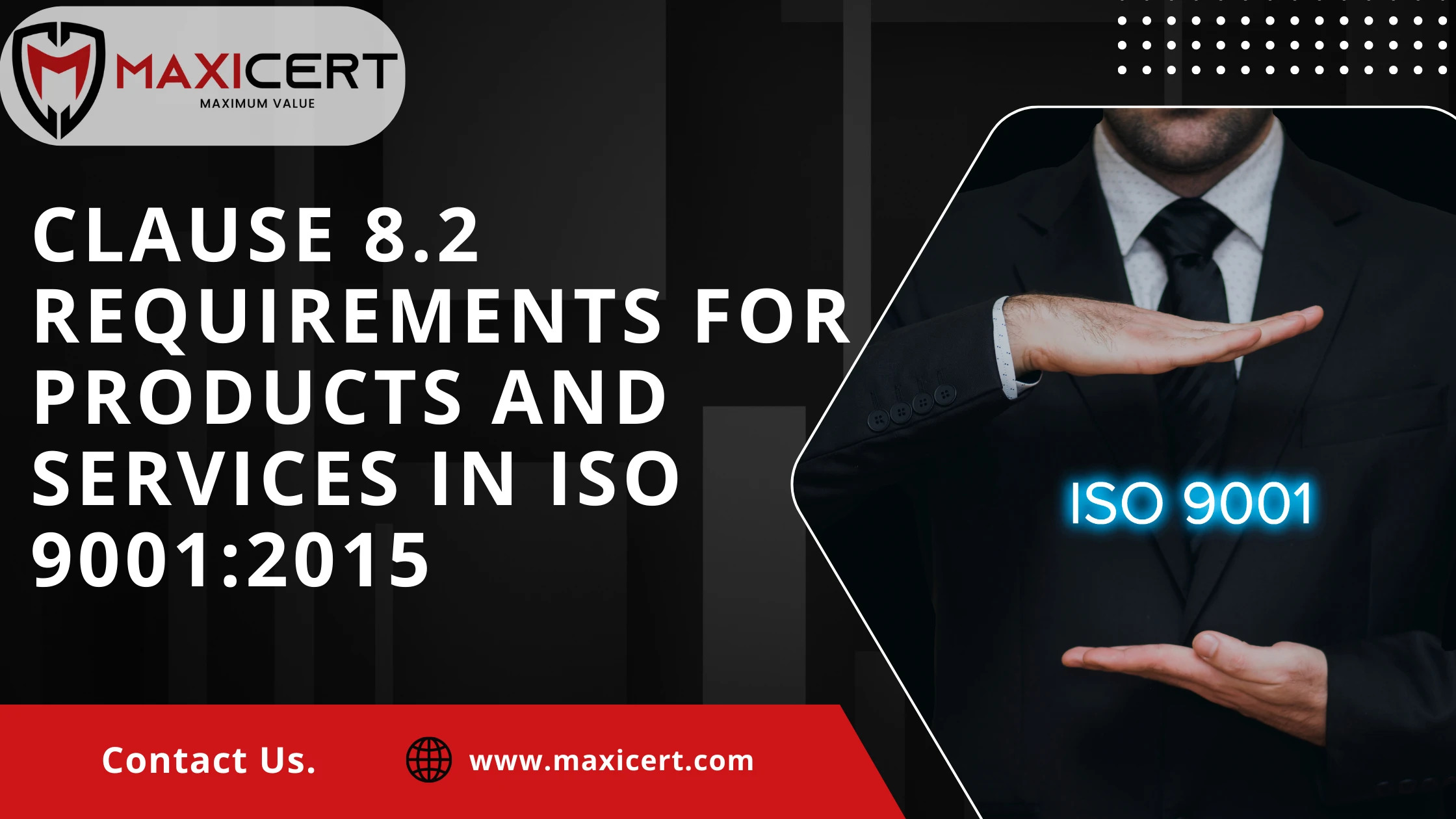
Introduction to Clause 8.2
The clause 8.2 aims to ensure that the Organization completely defines the requirements of a product or service, as a basis for establishing the characteristics of the product/service, that will fulfil these requirements.
To be successful the organization needs to determine customer and market needs.
The extent of this can vary depending on the nature of the organization and the types of products and services offered to customers.
Examples:
- A stationery shop can supply “off the shelf” products that customers purchase from time to time. The market conditions may be competitive with many suppliers in this field so the organization needs to consider how to keep existing customers as well as attract new customers.
- Where specific customer orders are submitted, more rigorous market research and direct customer engagement may be needed to determine requirements for products and services e.g. medical device manufacturers. These may be high value products and a niche market but there are costs in developing and supplying the right product.
In both cases, there is a need to communicate with customers in order to determine requirements for product and service; however, the extent and type of communication will differ greatly.
General Requirements to be Considered
The general requirements to be considered are:
- Those related to customer needs and expectations.
- Mandatory legal and regulatory requirements.
- Requirements the organization determines as necessary.
The organization must determine requirements that could affect customer satisfaction, both before and after product or service use. These requirements, which may include delivery schedules and post-delivery activities, must be clearly understood by the organization and its customers before proceeding to further processes. The output is an essential input for Design & Development (8.3) and production activities (8.5).
ISO 9001:2015 Clause Guide Panel
- Clause 1
- Clause 2
- Clause 3
- Clause 4 – Sub-clause 1
- Clause 4 – Sub-clause 2
- Clause 5 – Sub-clause 1
- Clause 5 – Sub-clause 2
- Clause 5 – Sub-clause 3
- Clause 6 – Sub-clause 1
- Clause 6 – Sub-clause 2
- Clause 7 – Sub-clause 1
- Clause 7 – Sub-clause 2
- Clause 7 – Sub-clause 3
- Clause 7 – Sub-clause 4
- Clause 8 – Sub-clause 1
- Clause 8 – Sub-clause 2
- Clause 8 – Sub-clause 3
- Clause 8 – Sub-clause 4
- Clause 8 – Sub-clause 5
- Clause 8 – Sub-clause 6
- Clause 8 – Sub-clause 7
- Clause 8 – Sub-clause 8
- Clause 8 – Sub-clause 9
- Clause 8 – Sub-clause 10
- Clause 8 – Sub-clause 11
- Clause 8 – Sub-clause 12
- Clause 9 – Sub-clause 1
- Clause 9 – Sub-clause 2
- Clause 9 – Sub-clause 3
- Clause 9 – Sub-clause 4
- Clause 10
Role of Risk-Based Thinking
A consistent risk-based thinking (See clause 6.1) might be necessary in order to support the determination of requirements, since failures at this stage might affect very seriously and maybe irreversibly the further operations.
The Organization needs to identify and address risks that can affect, for example:
- the completeness, timeliness, correctness and effectiveness of customer communication
- the completeness, validity and clearness of the requirement, including the legal and regulatory requirements
- the ability of the organization to meet these requirements, including the ability to address unexpected events that could affect that ability, in relation with the provision and use of the products and services
Similarly, the Organization should consider opportunities related to requirements determination, such as:
- possibility to distinguish the organization’s products and services from the competitors
- new market niches
- enlargement of market share
Decision Factors for Requirements Determination
According to the size and complexity of the organization, the risks and opportunities determined, and, as applicable, a cost-benefit analysis, should provide a basis for decisions about:
- tools to be used as a support of the requirements determination process
- documented information to be provided in order to plan and record the requirements determination process
- competence of the personnel involved
- financial resources to be provided
- timeline of the requirements determination process
- relations to be established with other processes
- involvement of relevant interested parties
- checks and verifications
The Four-Step Process of ISO 9001 Clause 8.2.
Step 1: Communication
Handle customer inquiries, feedback, and complaints effectively. Ensure all communication is captured for quality management purposes.
Step 2: Determine Requirements
Define customer needs, statutory/regulatory requirements, and internal criteria. This ensures clarity on what must be delivered.
Step 3: Internal Review
Assess whether the organization can meet requirements. Use risk-based thinking to evaluate potential issues and ensure process readiness.
Step 4: Confirm & Document
Maintain documented information to prove the process was followed and requirements are met. Ensure traceability for audits and continuous improvement.
8.2.1 Customer Communication
Communication with customers shall include:
- providing information relating to products and services,
- handling enquiries, contracts or orders, including changes,
- obtaining customer feedback relating to products and services, including customer complaints,
- handling or controlling customer property,
- establishing specific requirements for contingency actions, when relevant.
Importance of Customer Communication
Organizations need to determine market needs and communication with customers will help to determine the requirements for goods and services.
Communication is a two-way process and customers should also be able to report issues relating to the use of products or experiences of the service (see 7.4 – Communication).
This subclause requests the organization to establish processes for communicating.
This implies that a process-approach should be adopted, in order to ensure the ability of the organization to establish and achieve its communication objectives (ref: 4.4).
Types of Communication with Customers
Communications with the customer might include:
- information, publicly available, about the requirements for products and services to be provided, in order to attract new customers and to retain existing ones.
- information “one-to-one”, to specific customers, aimed to clarify the requirements for the products and services offered.
Examples of Customer Communication
- Stationery shop: may produce a catalogue outlining the range and types of products on offer. Orders may be placed in person, over the phone or online. Alternatives are offered if a specified product is not available. Complaints and returns are handled via an online system.
- Medical device manufacturer: would need extensive market input and development such as patient data, medical expertise, safety and regulatory requirements. In this case, high-value products may operate under a “build to order” system, with customer orders reviewed, confirmed, and tracked to completion.
In all cases, the processes for communication should ensure that the requirements in 8.2 are addressed and the customer is informed of progress and any changes.
Key Elements of Communication Processes
It is up to the organization to establish:
- responsibilities, competencies and authorities related to communication processes
- interfaces with customer and representatives
- how and when to communicate
- documented information to be maintained and retained
The organization also needs to determine supporting infrastructure and technologies for communication (ref: 7.1.3).
It should consider relevant risks, such as:
- reliability
- accessibility
- privacy
- security (see: clause 6.1)
Communication should take place before, during and after the provision of products and services.
Where direct computer link orders are received, special provisions could ensure effectiveness.
Communication may also include advertising initiatives — here clause 8.2.2 b) applies (“substantiate the claims for the products and services it offers”).
Context and Environment for Communication
Any communication procedures should consider the external context (4.1):
- In a small organization, communication with customers might take place directly, face-to-face.
- In a larger organization, with greater complexity, structured communication planning may be necessary with specific strategies, media, and technologies.
Communication should also include needs and expectations of relevant interested parties (4.2).
This could involve:
- monitoring customer sensitivity towards sustainability,
- creating direct linkages between the QMS and other management system standards.
Importance of Complaint Handling
The organization should ensure that communication with the customer is a two-way process. Customers should be able to easily provide feedback or submit complaints.
This includes having suitable complaint procedures, supported by competent personnel and tools.
Because complaints are critical for satisfaction and long-term organizational success, review of complaints handling should be prioritized during Management Review (9.3).
Application to Service Organizations
In the service industry, in general:
- effective communication during service provision is very important to ensure customer satisfaction and involvement.
- In some cases, customer training might be necessary (when the customer plays an active role in the service).
- In personal services, pre-service communication may be essential (e.g., legal authorizations, copyright, customer personal property issues – see 8.2.1 d).
In sectors such as medical care, communication may include:
- informing about the risk that the service may not achieve expected results,
- informing about risks arising from the service provision itself.
8.2.2 Determining the Requirements for Products and Services
When determining the requirements for the products and services to be offered to customers, the organization shall ensure that:
The requirements for products and services are defined, including:
- any applicable statutory and regulatory requirements,
- those considered necessary by the organization.
The organization can meet the claims for the products and services it offers.
Subclause 8.2.2 Guidance
Subclause 8.2.2 requests the organization to determine requirements related to products and services.
The Organization needs to:
- comprehensively define the requirements,
- ensure the actual organization’s ability to meet the defined requirements.
Methods to Define Requirements
Objective (a) could be achieved through:
- effective communication with the customer (see clause 8.2.1),
- market surveys and analysis,
- mandatory requirements surveys,
- analysis of calls for tenders.
Methods to Ensure Ability to Meet Requirements
Objective (b) could be achieved through:
- strategic and operational planning,
- process analysis and engineering,
- resource management,
- internal communication,
- supply network management,
- review of requirements related to products and services (including order and contract review, see 8.3).
Large Organizations vs Small Organizations
- In a complex/large organization, this should be addressed with specific tools and competencies.
- In a small/simple organization, a Risk-Based Thinking and PDCA approach should be applied, as a minimum, to ensure and continually improve ability to fulfil requirements.
Conclusion
In simple terms, Clause 8.2 focuses on thoroughly understanding and documenting what your customers and the market require before starting any work. This includes customer specifications, legal, and regulatory obligations. By taking the time to clearly define these requirements and communicate them effectively throughout your organization, you can ensure consistency and avoid costly mistakes. Meeting these expectations builds trust, leads to higher customer satisfaction, and strengthens your business reputation.
For expert ISO 9001 consulting and hassle-free certification, choose Maxicert to help your business achieve quality and compliance.
Free 60–90 day implementation plan available after consultation.
FAQ
What is ISO 9001 Clause 8.2?
It requires clear identification and communication of customer and regulatory needs before delivering products or services.
Why is customer communication key in Clause 8.2?
It ensures understanding of needs, prevents errors, and boosts customer satisfaction.
How does Clause 8.2 support risk management?
By identifying risks early to avoid delivery or compliance issues.
How can Maxicert help?
Maxicert offers easy ISO 9001 consulting and certification to help with Clause 8.2 compliance.
Client Testimonials
What Our Clients Say About Us?
We are trusted by thousands of clients belonging from technology, manufacturing, healthcare and various sectors
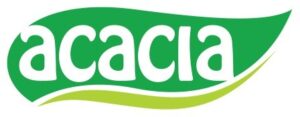

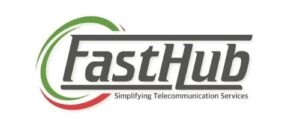

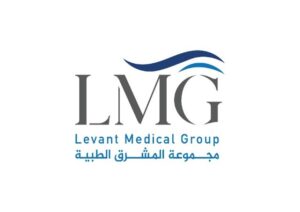


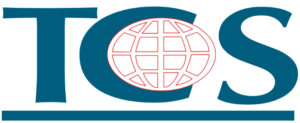
Our overall experience with Maxicert was satisfied. The audit and consulting part was handled carefully, we fulfilled our client requirement of ISO 27001 hassle free.
Kevin Santiago BDM – Clarks Outsourcing, PhilippinesTimely response and knowledge of ISO standards can be seen together in the team of Maxicert, we grow because of the service providers like Maxicert.
Samuel Christopher Quality Assurance Head – OEQA, NigeriaWe did Food safety certification with Maxicert, the service was extraordinary and their consultant had good experience of the subject.
Mr. Venkatesh Production Manager - Acacia Foods and Beverages, ZambiaWe engaged a consultant of Maxicert for our business certification, we now have a well-designed and organized department procedures and we rectify our errors through internal audits regularly.
Abdullah Al Rayes Managing Director – TCS, BahrainTechnical expertise by the team of Maxicert helped us achieving our ISO 13485 certificates, we now proudly say that we have achieved our target, all thanks to the team.
Nady Boustany CEO – LMG, IraqMaxiCert's approach to meet our needs proved instrumental in facilitating a seamless transition throughout the entire ISO certification process for us. Their training sessions are so much helpful.
Ms. Latifa Al Salem Investor portfolio – Ministry of Investment, Saudi ArabiaMaxicert is a one stop solution, we got trainings, documents, audit and certification at one place, they facilitated everything.
Ms. Mariam Chaggama VP – Fasthub, Tanzania

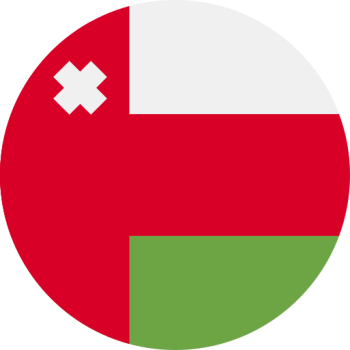



Their presence in Oman made us even better to accomplish our goal of achieving ISO certificates on time, we will definitely recommend their services.
Mr. Sailesh Mohanakrishnan Division Manager – Khimji Ramdas, Oman